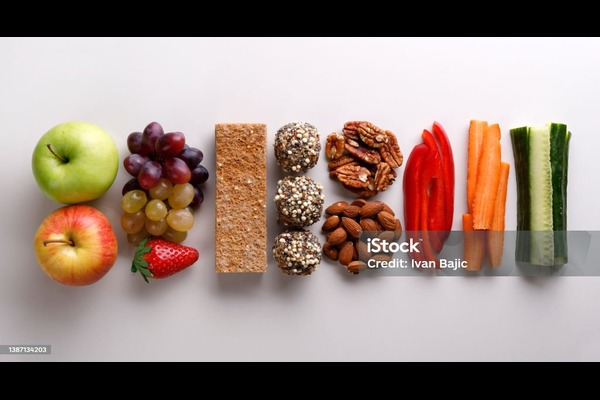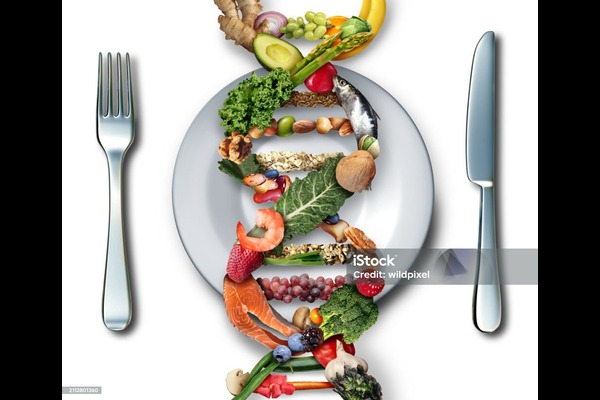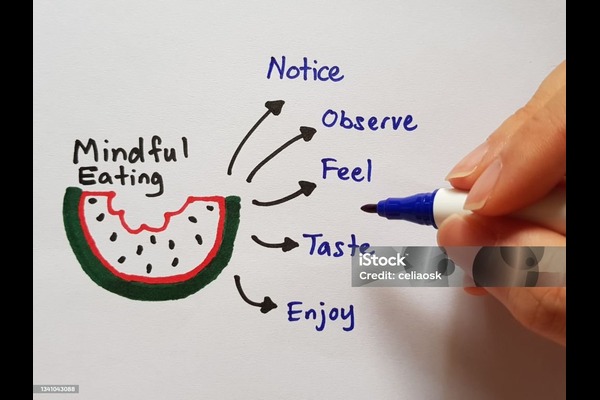Have you ever wonder why some people seem to accomplish more of their tasks before noon than others do all day? The secret to this achievement lies in their morning routines. Top performers, from business leaders to athletes, know that starting the day on the right note can have a significant impact on productivity, focus, and overall well-being.
A powerful morning routine sets the tone for the entire day, creating a strong foundation for mental, physical, and emotional success. Top performers across all industries globally, share common morning habits that set them up for exceptional productivity and success. Let’s take a look into their powerful routine secrets practices that can help you transform your daily performance.
- Consistently Waking Up Early
One of the most common habits among top performers is waking up early. Many successful people use the quiet hours of the morning to get ahead of the day. Waking up early gives you uninterrupted time to focus on personal goals, plan your day, and engage in self-care before the day take over. Also, maintaining a consistent wake-up time regulates your body’s circadian rhythm, that helps you feel more energized and alert throughout the day.
To adopt this habit, start by setting an alarm wake-up time that gives you enough time to ease into the day without rushing yourself. Over time, your body will adjust naturally to it, and waking up early will feel more natural.
- Hydrating First Thing in the Morning
After several hours of sleep, your body is naturally dehydrated. Hydrating first thing in the morning is a key secret to starting your day fully refreshed with energy and clarity. Many top performers drink a large glass of water upon waking, sometimes with a squeeze of lemon for added flavor and a boost of vitamin C. Proper hydration improves your metabolism, flushes out toxins, and rehydrates your body, preparing you for the physical and mental tasks ahead.
Incorporating this habit is simple. Keep a glass of water or a bottle of water by your bedside so you can hydrate immediately after waking up.
- Engaging in Exercise(s)
Exercise is an essential part of many top performers’ morning routines. Physical activity not only boosts physical health but also improves mental clarity and mood. Whether it’s a quick 20-minute yoga session, a morning run, or strength training, muscle movement increases blood flow to the brain, releases endorphins, and sets a positive tone for the day. If you’re not used to working out in the morning, you can start small. A 10-15minutes walk or stretch can be enough to wake up your body and mind. Over time, you can gradually incorporate longer or more intense workouts into your morning routine.
- Practicing Mindfulness or Meditation
Mindfulness and meditation are known powerful tools for improving focus, reducing stress, and cultivating a positive mindset. Many top performers, incorporate meditation into their morning routines to clear their minds and prepare for the hassles of the day. Just 10-15 minutes of mindful breathing or meditation can help you stay present and calm, improving decision-making and emotional resilience.
- Setting Daily Goals and Intentions
Top performers don’t leave their day to chance, they start with clear intentions and plans to execute and achieve. Taking a few minutes each morning to set goals and priorities for the day helps you stay focused and productive. This habit ensures that your most important tasks are addressed early on, preventing distractions from derailing your progress. Use a journal or planner to jot down and track your top priorities for the day. Reflect on how achieving these goals will move you closer to your long-term vision.
Conclusion
A powerful morning routine doesn’t have to be very complex or time-consuming. By adopting the habits of top performers; waking up early, hydrating, exercising, practicing mindfulness, and setting clear goals, you can set yourself up for a successful and fulfilling day without stressing much. These simple yet effective strategies can transform your mornings, helping you start each day with purpose and clarity. The key is consistency, start small, build these habits over time, and watch as your productivity and well-being improve.
Also Read : Actualize Maximum Productivity and Tranquility through Inner Peace Retreat








